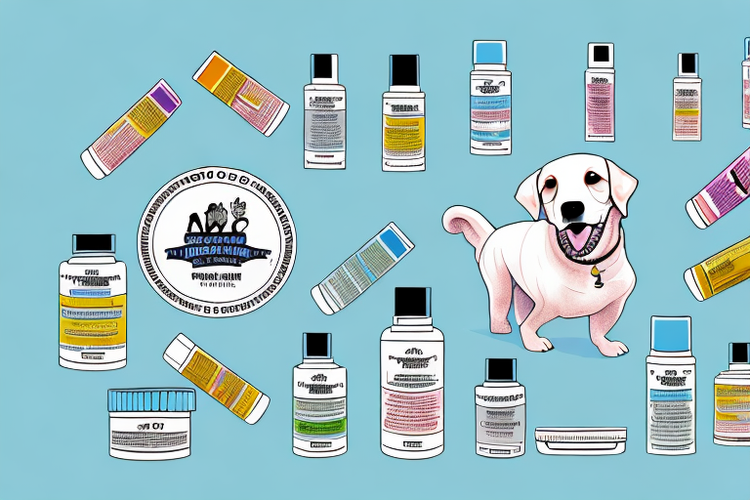Dermatology practices face unique challenges in medical billing that require a strategic approach to ensure financial success. Effective billing practices are essential for optimizing revenue, reducing claim denials, and enhancing overall profitability. This comprehensive guide explores the best practices for dermatology billing to help you boost your practice’s profitability and achieve financial stability.
Understanding the complexities of dermatology billing is crucial. Dermatology services often involve a range of procedures, from routine skin exams to complex surgical interventions. Each procedure requires precise coding and thorough documentation to ensure accurate reimbursement. Inaccurate coding or incomplete documentation can lead to claim denials, delayed payments, and reduced revenue. Therefore, adopting best practices in billing is vital to maintaining a smooth revenue cycle and maximizing profitability.
One of the first steps in improving dermatology billing is ensuring accurate coding. Dermatology codes are specific and detailed, covering a wide array of conditions and treatments. Staying up-to-date with the latest coding updates and changes is crucial for accurate billing. Regular training for coding staff can help maintain accuracy and compliance with current coding guidelines.
Another important aspect of dermatology billing is comprehensive documentation. Thorough documentation supports the medical necessity of procedures and treatments, which is critical for securing reimbursement.
Detailed notes should include the patient’s medical history, the reason for the visit, the procedures performed, and any relevant findings. Clear and complete documentation not only supports billing but also reduces the risk of audits and claim denials. Implementing standardized documentation practices across your practice can help ensure consistency and completeness.
Effective communication with patients regarding billing and insurance coverage can also impact profitability. Patients should be informed about their financial responsibilities, including co-pays, deductibles, and out-of-pocket expenses. Transparent communication helps manage patient expectations and reduces the likelihood of billing disputes. Providing patients with clear explanations of their bills and offering payment options can also improve patient satisfaction and collection rates.
Regularly reviewing and analyzing billing data is another key practice for boosting profitability. Analyzing billing reports can help identify trends, track performance, and pinpoint areas for improvement. Key metrics such as claim denial rates, days in accounts receivable, and payment turnaround times can provide valuable insights into your billing processes. Identifying and addressing patterns in billing issues can help optimize your revenue cycle and improve financial performance.
Automation and technology play a significant role in modernizing dermatology billing practices. Utilizing billing software that integrates with electronic health records (EHR) can streamline billing processes, reduce manual errors, and improve efficiency.
Automated systems can handle tasks such as claim submission, tracking, and follow-up, allowing your billing staff to focus on more complex issues. Regularly updating and maintaining your billing software ensures it remains effective and compliant with industry standards.
Training and education are essential for maintaining a high standard of billing practices. Continuous education for billing and coding staff can help them stay current with changes in coding guidelines, payer policies, and industry best practices. Providing regular training sessions and resources can enhance your team’s skills and knowledge, leading to more accurate billing and improved revenue management.
Handling claim denials effectively is another crucial aspect of dermatology billing. Claim denials can significantly impact cash flow and profitability. Establishing a systematic approach to managing denials, including identifying common denial reasons and implementing corrective actions, can help reduce their frequency. Developing a robust appeals process and ensuring that all necessary documentation is included in appeal submissions can increase the likelihood of claim approval.
Finally, ensuring compliance with regulatory requirements and payer policies is essential for avoiding penalties and maintaining profitability. Familiarize yourself with the regulations set forth by governing bodies such as the Centers for Medicare & Medicaid Services (CMS) and other payer organizations. Adhering to these guidelines and maintaining accurate records can help prevent compliance issues and safeguard your practice’s financial health.
Conclusion
Optimizing dermatology billing services practices involves a multifaceted approach that includes accurate coding, comprehensive documentation, effective patient communication, data analysis, automation, staff training, and diligent management of claim denials. By implementing these best practices, dermatology practices can enhance their revenue cycle, improve financial performance, and achieve long-term profitability. Regularly reviewing and refining your billing processes ensures that your practice remains competitive and financially healthy in the evolving healthcare landscape.





